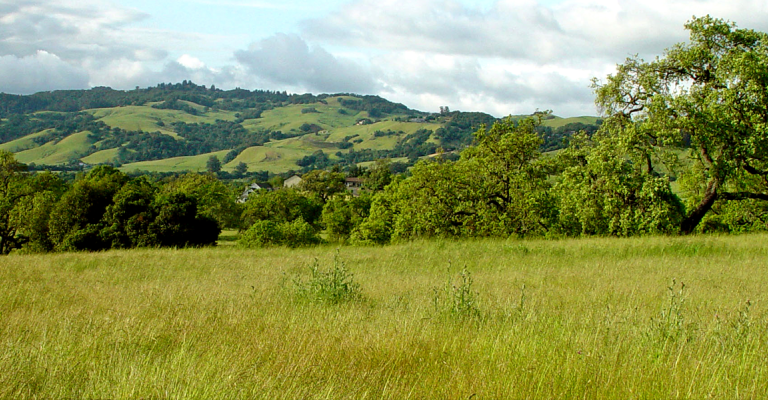Service-Learning in History
Service-learning activity usually falls into two categories
Type 1: Teaching/tutoring/sharing knowledge from the class.
Example: Students at the University of Pennsylvania in Philadelphia worked with local high school students to “develop local history projects that would lead, on the high school side, to student and community publications; and contribute, on the university side, to the development of papers for (their university course) and the West Philadelphia Bibliography and Information System.” The local history topics the groups pursued were “Islam in West Philadelphia, police-community relations, American Bandstand, Sports in the history of WPHS, local church history, and the West Philadelphia Free School.” One student reflected, “Through working with the students, I learned a lot about my surroundings, but also about the people who live here…the students and I were able to learn about local history and American Bandstand while also learning about one another.” “The benefits of a year-long course to the high school students were clear. They began to see the projects as part of their regular high school curriculum and the Penn students as an aspect of their schooling.” 2
Type 2: Using information from the class to do something with/for a community organization.
Example: Students at the State University of New York at Fredonia took part in a service-learning course titled “Doing Local Urban History.” The students first “created a web-based guide to locate and identify local area research collections, groups, and contacts.” The students then generated an online database of the information using Zotero, a free open-source software .“ “The creation of these tools aimed to assist researchers an students with locating archival sources and collections relevant to local immigrant populations.” The students worked closely with the librarians at the Patterson Library in Chautauqua County, New York to facilitate their learning. The skills they gained “not only matched the desired outcomes of the instructor, but also the standards laid out by the university’s regional accrediting body, the Middle States Commission on Higher Education.” 3
Please contact [email protected] for more information.
1 Hochstadt, Steve. "The Unspoken Purposes of Service-Learning: Teaching the Holocaust." Connecting Past and Present: Concepts and Models for Service-Learning in History. Eds. Ira Harkavy and Bill M. Donovan. Sterling: Stylus, 2005. 189-197. Print.
2 von Joeden-Forgey, E., Puckett, J. “History as Public Work” Connecting Past and Present: Concepts and Models for Service-Learning in History Eds. Ira Harkavy and Bill M. Donovan. Sterling: Stylus, 2005. 117-137. Print.
3 Straus, E., Eckenrode, D. “Engaging Past, and Present: Service-Learning in the College History Classroom.” The History Teacher Vol. 47, No.2 (2014): 253-266. Print.


